Matteo Corradini fantastica su un serpente… “viaggiatore”. Esso avrà la pelle bianca, ma con un fiocco celeste alla base della testa. Nessuno è abituato a percepire che l’atmosfera possa viaggiare. In caso contrario, essa curverebbe fra le “virgole” dei raggi solari! Forse il serpeggiamento immaginato da Matteo Corradini potrà volare in cielo seguendo la direzione indicata da un “fiocco a… cometa”. Anche il lirismo contribuirà all’ectotermia… Il serpente non sarà unicamente raffreddato dal cielo grigio in miniatura d’un ciottolo. Lotte ha posato in piedi, ed indossando un abito bianco, decorato da un fiocco celeste in fondo alla schiena. Lei si trova sul viottolo d’un giardino curato. La fotografia si percepisce in un continuo incastro per il serpeggiamento: fra la gonna ampia ed alzata dalle mani, la siepe, gli archi sullo sfondo, il volume dei capelli ecc… L’impressione è che Lotte cerchi d’introdursi in questo giardino. In una “mongolfiera” della gonna, la “zavorra” del fiocco deriverà dal “gozzo” (per il metabolismo) d’un piccione viaggiatore, rimanendovi pure la tonalità pseudo-smeraldina. Lotte s’introduce nel giardino, e con le braccia inviterebbe noi a seguirla. Ma quanto si potranno immaginare dei grandi occhi da gufo, nella coppia d’archi? C’è anche l’assonanza sul tono del rossiccio, resa più “patinata” mediante i capelli.
Matteo Corradini fantasizes about a “carrier”… snake. It would have the white skin, but with a pale blue bow at the base of the head. Nobody is used to perceiving that the atmosphere can travel. Otherwise, it would bend between the “commas” of the sun rays! Maybe the winding imagined by Matteo Corradini could fly in the sky following the direction indicated by a “bow… as a comet”. Also the lyricism will contribute to the ectothermy… The snake will not only be cooled by the grey sky in a miniature for a pebble. Lotte posed standing, and wearing a white dress, with the decoration of a pale blue bow at the end of the back. She is on the path of a garden looked after. The photography is perceived in a continuous joint for a winding: between the skirt wide and raised by the hands, the hedge, the arches on the background, the volume of the hair etc… The impression is that Lotte tries to break into this garden. In a “balloon” of the skirt, the “ballast” of the bow will come from a “crop” (for the metabolism) of a carrier pigeon, there remaining also the pseudo-emerald tone. Lotte breaks into the garden, and through the hands she would invite us to follow her. But how much could we imagine the big eyes of an owl, in the couple of the arches? There is also the assonance about the reddish tone, made more “glossy” through the hair.
(courtesy to Evelyn Magrì)
Per Richard Krause, ci servono troppi aggiustamenti in continuazione al fine di mettere il mondo alla posa perfetta; ergo è comprensibile che quella esista solo alla miniatura d’una statua. Valorizzando la filosofia critica di Kant, si può sintetizzare che l’estetica funge da “filtro” tra l’universalità dell’etica e l’opportunità della politica. Cecilia è stata inquadrata in piedi, all’aperto. Si riconosce un paesaggio autunnale, fra i colli ingialliti. Cecilia ha il look d’una divinità greca: dalle pieghe del vestito, e dal nodo sui capelli. Lei accresce la percezione statuaria della sua posa, con le braccia che risalgono alla testa. Il vestito non è proprio grigio, ma ad “ingiallirsi” sul beige. Le mani risalgono alla testa al fine d’aggiustare i capelli. Esiste solo un altro elemento (contro il corpo dove l’abito grazie al beige può tramutare in pelle la corteccia degli alberi): una casa bianca, sulla destra. La statua collocata all’interno d’un bosco (collinare o montano) kantianamente funge da “filtro” in quanto orienta l’escursionista. Tale simbolismo torna nella miniatura del vestito, dal quale, lungo il fianco sinistro, si sguainerebbe una selce. Così diventa il racconto d’un mondo: dall’era preistorica a quella medievale, passando per la sapienza greca.
According to Richard Krause, we need too much adjustments continuously in order to pose the world perfectly; therefore it is understandable that this situation exists only in the miniature of a statue. Valorizing the critical philosophy of Kant, we can synthesize that the aesthetics functions as a “filter” between the universality of the ethics and the opportunity of the politics. Cecilia was framed standing, outside. We recognize an autumnal landscape, between the yellowed hills. Cecilia has the look of a Greek divinity: from the folds of the dress, and from the knot of the hair. She increases the statuesque perception of her pose, with the arms which climb back into the head. The dress is not really grey, but “yellowed” on the beige. The hands climb back into the head in order to adjust the hair. Only another element exists (against the body where the dress through the beige can turn the bark of the trees into skin): a white house, on the right. The statue positioned inside a wood (hilly or mountain) mentioning Kant functions as a “filter” because it orients the hiker. This symbolism returns to the miniature of the dress, from which, along the left side, a flint would be unsheathed. So the tale of a world happens: from the prehistoric era to the medieval era, passing from the Greek wisdom.
(courtesy to Alessandro Di Cicco)
Nelo Risi immagina liricamente di trovarsi sulla sabbia d’una pista, col pugnale tra le mani. Così la sua incisione si renderà tanto generativa quanto effimera. Simbolicamente la vita è un cammino che si scopre poco per volta. Soprattutto, si matura avendo sbagliato le previsioni iniziali. Marika posa per uno scatto al bianconero. Immaginiamo un’ambientazione balneare, dal mare sullo sfondo e percependo sui capelli le gocce frammiste alla sabbia. Lo sguardo è profondo, contribuendo a fendere il volto insieme alla posa di 3/4, quantunque alla “navigazione” del mento. Simbolicamente, la bellezza avrà raggiunto la “maturazione” del fascino… Si noti il “pugnale” per il risvolto del tessuto, dalla spalla sinistra al petto.
Nelo Risi imagines lyrically that he is on the sand of a track, with a dagger between the hands. So his incision will become as generative as ephemeral. Symbolically the life is a walk that we discover little by little. Principally, we mature after we made a mistake about the initial forecasts. Marika poses for a shot in black and white. We imagine a seaside setting, with the sea in the background and perceiving on the hair the drops mixed with the sand. The gaze is deep, contributing to cleave the face together the pose in ¾ view, although at the “navigation” of the chin. Symbolically, the beauty would have reached the “maturation” of the charm… We note the “dagger” for the cuffs of the woven, from the left shoulder to the chest.
(courtesy to Monica Giorgi e Carlo Lonsi)
Per Leopardi, la ginestra è il fiore del deserto, ovvero la poesia che sa resistere alle rovine dell’eternità. Dapprima ci si siede sull’orlo del precipizio, in quanto al “faccia a faccia” con l’ammissione onesta della nostra caducità. Poi è alzato verso il cielo lo “stelo” d’una volontà a razionalizzare il nichilismo. La poesia diventa consolatoria, perfettamente di reazione alla vitalità appena effimera in Natura, anche riguardo all’uomo. Senza la “superbia” idealistica, si dovrà sopportare il Nulla. La ginestra è una pianta dai fiori gialli. Rossella ha posato accovacciandosi, in una duna di sabbia. Lei ci dà le spalle, favorendo la sua scelta d’un isolamento in funzione meditativa. Ma quanto i capelli biondi e lunghi potrebbero mimetizzarsi con gli alti steli dell’erba? Rossella indossa un vestito dai motivi floreali. In questo le tonalità sono tre: il bianco, il nero, l’ocra. Così simbolicamente il sole dona la vita, in natura, solo al massimo contrasto fra la nascita e la morte, dal realismo che vi aggiunge l’uomo. E’ interessante che il nostro sguardo possa cadere sull’orlo d’un pianeta, grazie al “disco” della cintura. Rossella s’accovaccia; la sua meditazione dovrà redistribuire se non il blu del mare quantomeno il celeste del respiro, all’addolcimento delle dune (laddove la vegetazione pare secca, senza le onde).
According to Leopardi, the broom is the flower of the desert, namely the poetry that is able to withstand the ruins of the eternity. Initially we sit on the precipice, because we are at the “face to face” with the honest admission of our caducity. Then the “stalk” of a will, to rationalize the nihilism, is raised to the sky. The poetry becomes consolatory, perfectly as a reaction to a vitality just ephemeral in Nature, also thinking about the man. Without the idealistic “arrogance”, we will have to endure the Nothingness. The broom is a plant with the yellow flowers. Rossella posed crouching, in a sand dune. She turns her back on us, favouring her choice of an isolation for the purpose of a meditation. But how much could the long and blonde hair be camouflaged with the tall stalks of the grass? Rossella wears a dress with the floral motifs. That element has three tones: the white, the black, the ochre. So symbolically the sun gives the life, in nature, only to the maximum contrast between the birth and the death, from the realism that the man there adds. It is interesting that our gaze can fall on the edge of a planet, through the “disk” of a belt. Rossella is crouched: her meditation will have to redistribute maybe not the blue of the sea but at least the pale blue of the breath, at the softening of the dunes (where the vegetation seems dry, without the waves).
(courtesy to Nicola Grigoletto)
Bibliografia – Bibliography
CORRADINI M., Irma Kohn è stata qui, Rizzoli, Milano 2021
KRAUSE R., Optical biases: epigrams, EyeCorner Press, Roskilde 2012
RISI N., Tutte le poesie, Mondadori, Milano 2020
SEVERINO E., La potenza dell’errare: sulla storia dell’Occidente, Rizzoli, Milano 2014
Biografia – Biography
L’attrice e modella internazionale Lotte Verbeek nasce a Venlo (Paesi Bassi) nel 1982. Nel 2009, lei vinse il Pardo d’oro al Locarno Film Festival, in Svizzera.
The international model and actress Lotte Verbeek was born in Venlo (Netherlands) in 1982. In 2009 she won the Golden leopard at the Locarno Film Festival, in Switzerland.
https://it.wikipedia.org/wiki/Lotte_Verbeek
La fotografa Evelyn Magrì lavora fra Roma, la Finlandia e Londra.
The photographer Evelyn Magrì works between Rome, Finland and London.
La modella italiana Cecilia Alma Levita viene da Todi (Provincia di Perugia). Figlia dell’artista Ugo, lei studia psicologia e filosofia.
The Italian model Cecilia Alma Levita comes from Todi (Province of Perugia). Daughter of artist Ugo, she studies psychology and philosophy.
Il fotografo italiano Alessandro Di Cicco viene da Castelforte (Provincia di Latina). Egli è davvero stupito dall’amore dei suoi fans, che lo spinge a scattare.
The Italian photographer Alessandro Di Cicco comes from Castelforte (Province of Latina). He is really astonished by the love of his fans, that drives him to shot.
www.enhancemyphoto.com
La modella italiana Marika Petri viene da Casciana Terme Lari (Provincia di Pisa). Lei studia medicina veterinaria.
The Italian model Marika Petri comes from Casciana Terme Lari (Province of Pisa). She studies veterinary medicine.
I fotografi italiani Monica Giorgi e Carlo Lonsi sono moglie e marito. Loro vivono a Pisa; dall’analogico effettuarono in seguito il passaggio al digitale.
The Italian photographers Monica Giorgi and Carlo Lonsi are wife and husband. They live in Pisa; from the analog later they passed to the digital.
La modella italiana Rossella Fantinato ha rinunciato a segnalare la sua biografia.
The Italian model Rossella Fantinato gave up to report her biography.
Il fotografo italiano Nicola Grigoletto ha rinunciato a segnalare la sua biografia.
The italian photographer Nicola Grigoletto gave up to report his biography.

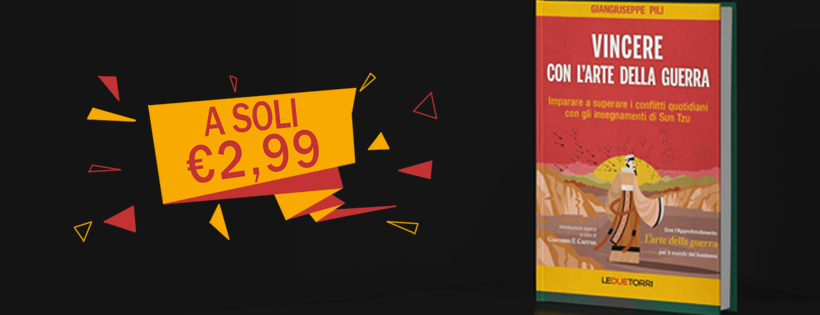
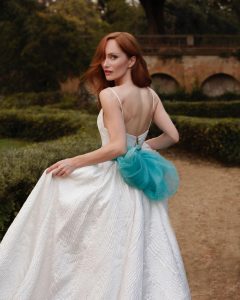
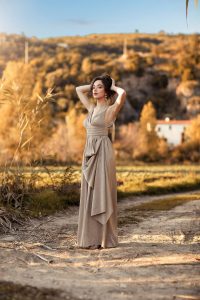
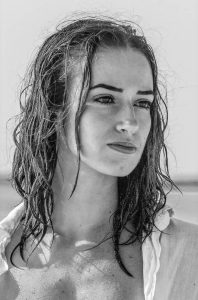
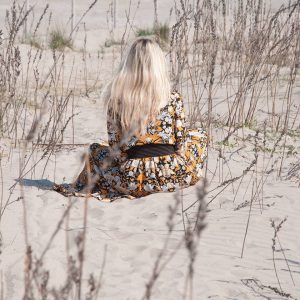
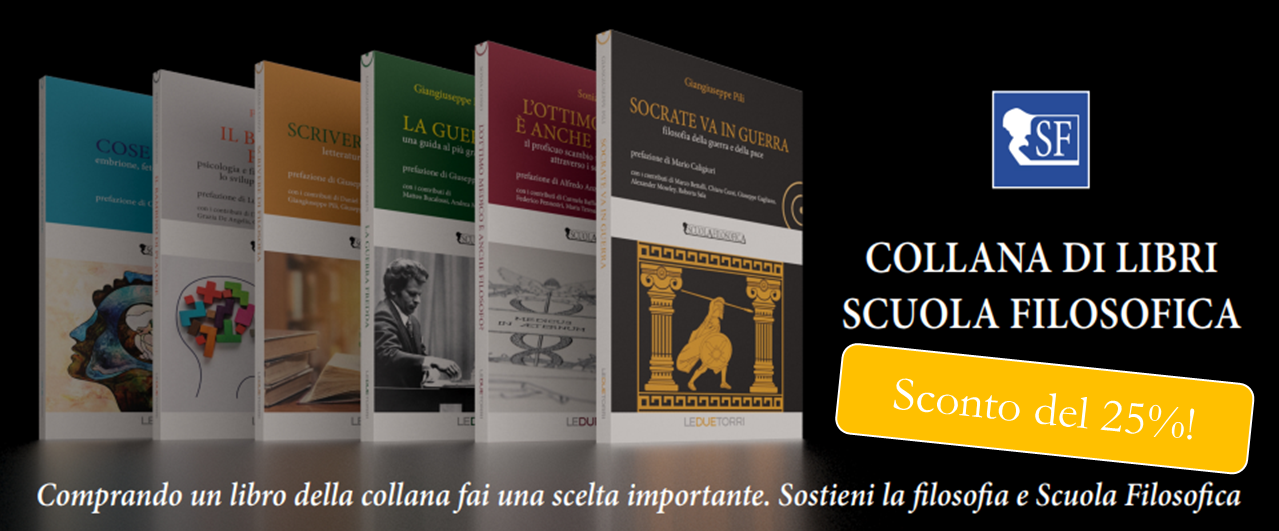

Be First to Comment